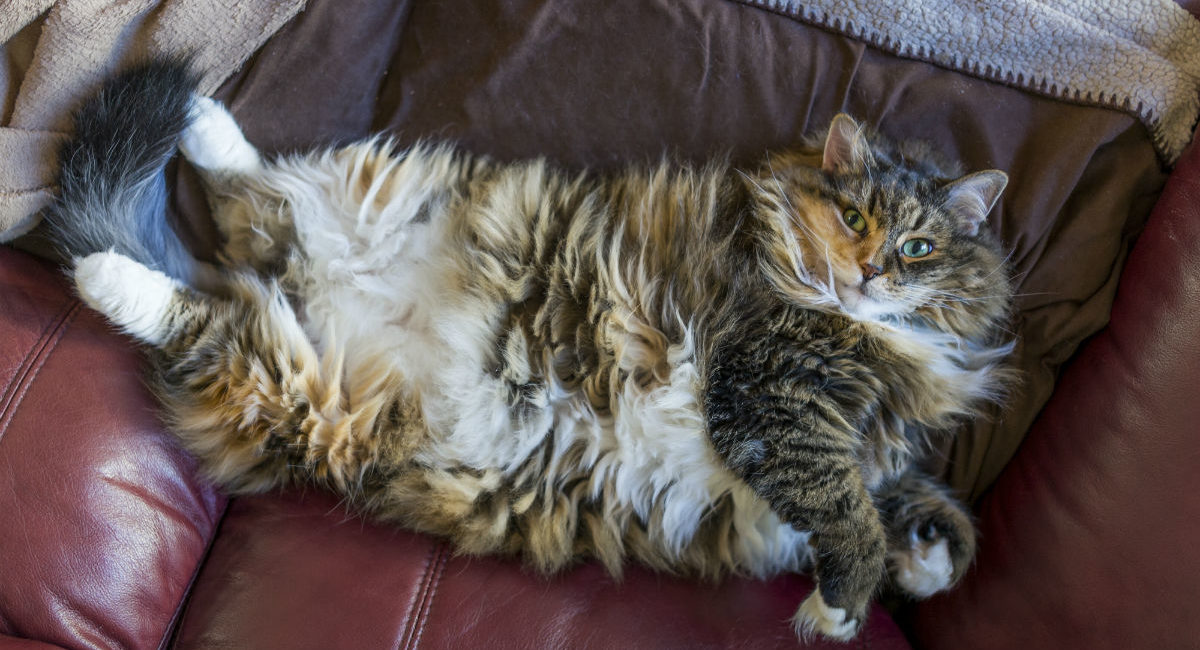These past few weeks at Baxter we have seen a number of patients coming through, both canine and feline, with various combinations of clinical signs of increased thirst and urination, along with urinary tract infections and poorly healing wounds. All of which are common to a well-known human disease….. Diabetes!
Diabetes is a disease of the pancreas, the organ responsible for the manufacture of insulin. Insulin is the hormone responsible for controlling blood sugar (blood glucose) levels. Diabetes has two potential pathways that will lead to an inability to control or regulate that blood sugar:
- Dysfunction in the production of insulin by the pancreas OR
- Reduced sensitivity to insulin
Most commonly in veterinary medicine, we see that dogs have pancreatic dysfunction, whilst cats develop insulin resistance. So what does that all mean for our little furry friends? It depends on the species and how early we start to manage it.
If we suspect that a cat has diabetes we want to start treatment as soon as possible. Luckily, diabetes is usually something that we can diagnose with a relatively easy blood test during a consultation. Once we have a diagnosis, we start treatment straight away using a combination of dietary management (controlling weight and reduce glucose fluctuations) as well as insulin therapy. Insulin is given twice a day via injections…. Don’t worry we will show you how easy it is to do! Most cats initially will be somewhat difficult to manage, but many of them become incredibly tolerant of the process of insulin therapy! The main reason we want to start treating a cat early is that we can potentially cure diabetes in a large number of cats!!!! Cats for some miraculous reason, respond well to glucose management. The exhausted pancreas can suddenly become reactivated if we control the blood sugar levels within a narrow range for long enough! Hence, making the need for ongoing therapy unnecessary!
Whilst cats are ridiculously fantastic with their potential for recovery, we are not so lucky with dogs. That isn’t to say however that diabetes is a terminal diagnosis for canines. Similar to cats, the protocols that we implement with diabetic dogs are very much about ensuring blood sugar highs and lows are controlled. We ensure to avoid weight gain (ideally have some weight loss), make them eat a well-balanced diet and we start life-long insulin doses. Again, whilst the process sounds like a great challenge, some smart people have come up with ways in which to make what seems like a difficult task, so
simple!
Similar to training our dogs to sit, stay or speak, with a few tricks we can start to make it so that the insulin doses become something of a training exercise. With liberal treats, we all know what we can get our dogs to do! For both dogs and cats; with training, careful dieting and ongoing management we have a disease process that is well controlled. With both yourself and your vet, we can ensure all of your furry family members live happy, healthy lives!
Signs to look for:
- Any indication that we have started drinking more, other than when it gets hotter
- More urine being produced
- Slow healing wounds
With your knowledge and vigilance of your pet’s behaviours, we can get started early in the treatment your furry family members disease!
Written by Baxter Animal Hospital Team



